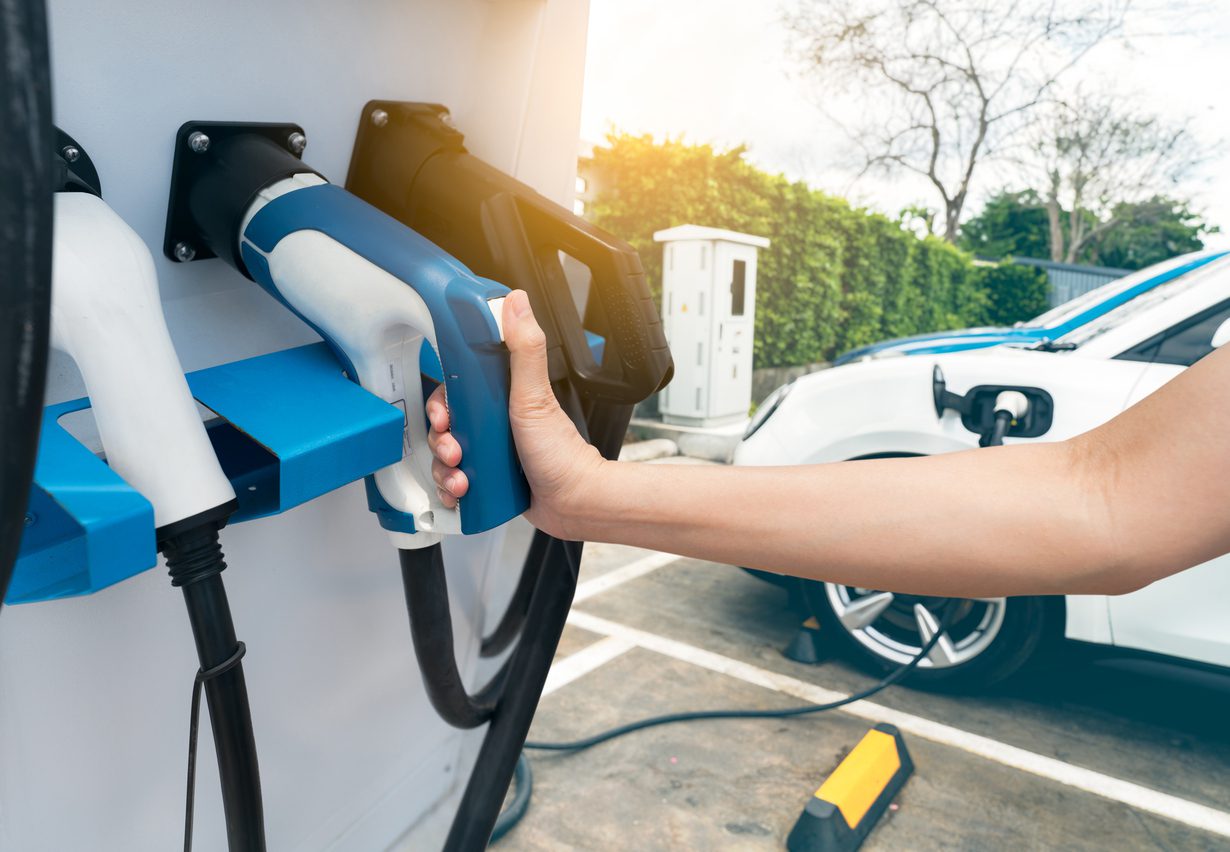
The Importance of Cooling in High-Power Charging Systems
Higher-powered EV charging systems, such as those offering rapid and ultra-rapid charging speeds, generate a significant amount of heat during operation. The faster an EV charges, the more energy is transferred in a shorter period, leading to increased heat generated by the charging cables, connectors, and the internal components of the charger. Without effective thermal management systems, this heat can reduce the efficiency of the charger, slow down charging times, and potentially cause damage to both the charger and the vehicle’s battery.
To combat these challenges, modern charging infrastructure employs advanced cooling methods to dissipate heat and maintain optimal operational conditions.
Air Cooling vs. Liquid Cooling
There are two primary cooling methods used in EV charging systems: air cooling and liquid cooling.
Air Cooling: This method uses air to cool the internal components of a charging station. Air is circulated within the charger to dissipate heat generated during operation. While air cooling is sufficient for lower-powered charging systems, it becomes less effective as charging speeds increase, particularly in high-power applications.
Liquid Cooling: For high-powered EV charging systems, liquid cooling is the preferred solution. In liquid cooled EV charging systems, a coolant flows through the charging cables and internal components, absorbing the heat and efficiently dissipating it away from critical areas. This method is effective in managing the higher heat levels produced by ultra-rapid chargers.
Liquid Cooled Cables
One of the most significant innovations in fast EV charging is the development of liquid cooled cables. These cables, used in liquid cooled EV charging stations, are designed to handle the increased power output required for rapid and ultra-rapid charging. The liquid coolant inside the cables absorbs and dissipates heat, allowing the system to safely deliver high levels of power without overheating. This not only reduces charging time but also ensures the longevity and reliability of both the charging station and the vehicle’s battery.
The Benefits of Liquid Cooling Systems
Liquid cooling systems offer several advantages over traditional air-cooled systems, particularly for high-power applications:
Faster Charging Speeds: By effectively managing heat, liquid cooling systems allow for higher power output, enabling faster charging speeds without compromising safety or efficiency.
Extended Equipment Lifespan: Proper cooling reduces wear and tear on components, extending the lifespan of charging stations and ensuring consistent performance over time.
Improved Operational Conditions: Liquid cooling ensures that EV chargers operate within their optimal temperature range, even in demanding environments or during extended use.
Enhanced User Experience: With liquid cooled cables, drivers can benefit from faster, more reliable electric vehicle charging without worrying about overheating or delays due to thermal limitations.
Ensuring Safe and Efficient Charging

At Vital EV, we prioritise safety and performance across all of our EV charging stations. By incorporating advanced thermal management systems like liquid cooling, we ensure that our chargers can handle the demands of modern electric vehicles while maintaining short charging times and high reliability. Our high-powered chargers are designed with both efficiency and longevity in mind, providing a faultless charging experience.
As EVs and therefore EV charging becomes more and more popular, effective cooling is a vital part of maintaining high performance. Whether you’re looking to install ultra-rapid chargers in public spaces or enhance your charging infrastructure for fleet operations, Vital EV has the expertise and technology to deliver the best solutions.









